How much fertilizer do you need to grow orchids?
Introduction: "A crop's success depends on fertilizer." If orchids want to grow more seedlings, stronger seedlings, and more flowers, fertilizer is indispensable. Although orchids are very famous flowers, they have elegant flowers, unique temperament, and elegant colors. They are of great ornamental value and are loved by the public. If there is a trend of "forcing growth", the orchids will be harmed and themselves will be harmed. Any plant should follow ecological development, and it is more valuable to use it in moderation. The following common fertilizers and types are only for reference by enthusiasts!
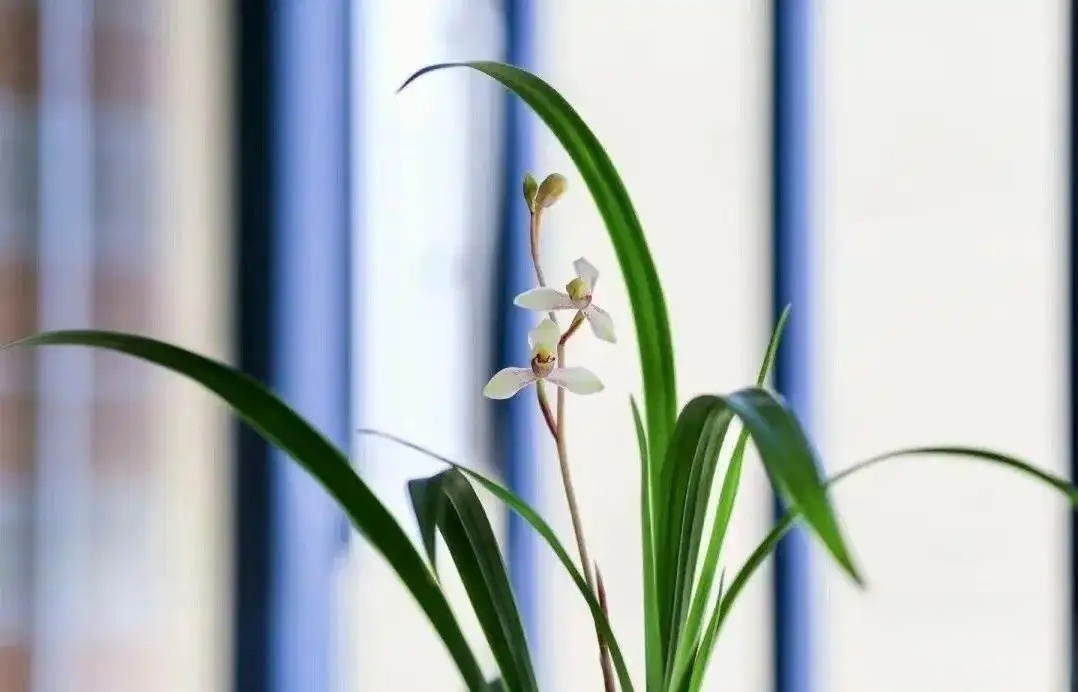
1. Common fertilizers for orchids
1. Chemical fertilizers
(1) Potassium sulfate (or potassium nitrate) compound fertilizer: Among commercial compound fertilizers, there is a kind of potassium chloride compound fertilizer with pink granules, which is a special fertilizer for rice fields. This kind of fertilizer is not suitable for terrestrial plants, nor for orchids.
(2) Urea: Also known as carbamide, it is a neutral nitrogen fertilizer. The dilution concentration is 0.02%. In theory, urea can be applied by washing, but in practice, it is mostly applied by foliar spraying.
(3) Refined fertilizers: such as 800~1000 times diluted potassium dihydrogen phosphate produced in Shanghai, American Gaole, American Huaduoduo No. 11 , etc.
(4) Slow-release granular fertilizer: "Hao Kang Duo" produced in Japan, "Olu Fertilizer" and "Magic Fertilizer" produced in the United States, "Omo Fertilizer" produced in the Netherlands, etc. For orchid pots with a diameter of 13 cm, apply 6 to 8 granules each time; for orchid pots with a diameter of 15 cm, apply 8 to 12 granules each time.
2. Organic Fertilizer
(1) Retting organic liquid fertilizer: Select rapeseed, peanuts, and soybean cake residue as the main raw materials. When convenient, add tea oil, tung oil, cake residue, cooked animal bone meal, freshwater fish scales, orange peel, etc. that have insecticidal effects. Put it into a woven bag (filtering is not required) and put it in a water tank or plastic bucket. Add 6 to 10 times the volume of the raw materials. Note that there should be more space in the tank to prevent overflow during fermentation. Then cover it with multiple layers of plastic film, tie it with elastic bands, and place it outdoors to be exposed to wind, sun, and rain. In winter and spring , the temperature is low, so it can be retting for more than half a year. In summer and autumn, the temperature is high, so it can be retting for more than 3 months before it can be applied. When the original liquid is used up, add the same amount of water for retting. The residue can be dried in the sun and ground into powder, which can be used as base fertilizer and mixed into the matrix.
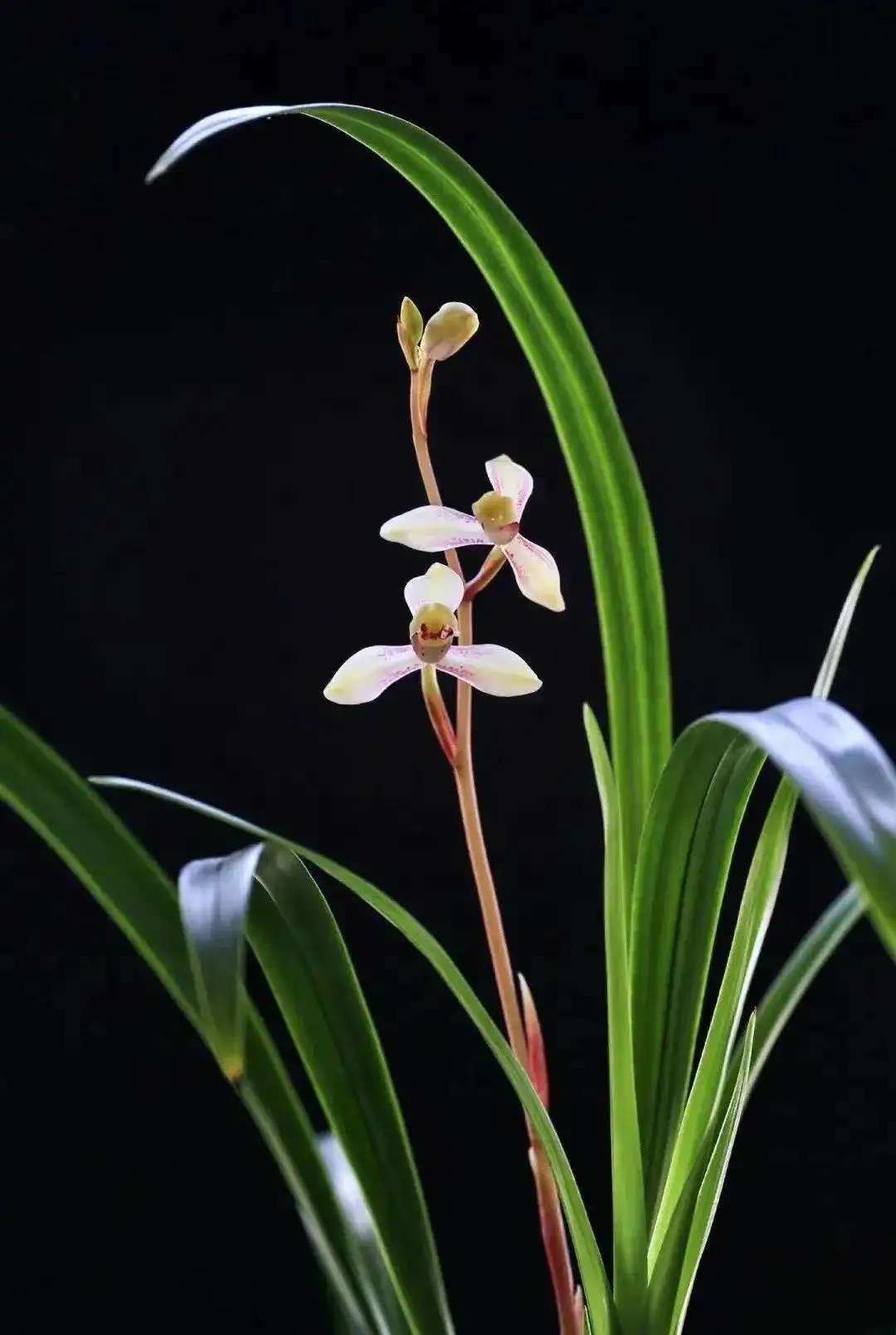
The dilution concentration is 150-200 times liquid. Some people think that the liquid fertilizer is contaminated with bacteria, so 300 grams of one of the fungicides such as carbendazim, thiophanate-methyl, and chlorothalonil can be added to every 60 kg of the dilution. Some people are worried that pesticides will affect orchids, so the original liquid can be placed in a special pressure cooker and heated for 25 minutes to completely sterilize it, and then diluted and applied.
(2) Quick organic liquid fertilizer: Wash soybeans, peanuts, and corn (wrapped in gauze) that are rich in sugar, protein, fat, carotene, lecithin, inorganic salts, and B vitamins, add water and put them in a pressure cooker. Heat for 30 minutes, cool and take the liquid, and cook the residue again. Dilute the two juices 150-200 times and apply.
(3) Bone meal: After animal bones are thoroughly cooked, sprinkle water on them to prevent them from spontaneously decomposing, and grind them into powder. It can be used as a base fertilizer or applied to pots at a rate of 1 to 2 grams.
(4) Reed charcoal: Select reed grass (food for oxen) that can bloom flowers and pile it up. After burning thoroughly, sprinkle water to prevent it from turning into ashes. This can not only adjust the pH value of the substrate, but also inhibit the occurrence of pythium diseases. Reed charcoal can be used as base fertilizer, or it can be sprinkled on the surface of the pot after the new shoots are half mature and applied as topdressing (one tablespoon per pot).
(3) Animal manure: The manure of cattle, sheep, rabbits, silkworms, etc. that feed on leaves and grass can be dried and ground into powder. It can be used as base fertilizer or as one of the raw materials for composting.
The above-mentioned organic fertilizers are more susceptible to insect pests, so pay attention to monitoring during cultivation; spray pesticides in time, or sprinkle 4000 times potassium permanganate solution for preservation and sterilization.
3. Biological fertilizer
(1) There are three types of orchid fertilizers: Orchid King, Premium Orchid King and Orchid Doctor. They are produced by Sichuan Chengdu Huayi Technology Development Company and are commonly used biological fertilizers by orchid growers. The dilution concentration is 600 times.
(2) Lanxin 203: It is a special high-quality nutrient solution that promotes growth, strengthens roots and seedlings, improves nutrient supply, and enhances resistance to adversity, cold, drought, and disease. It is produced by Sichuan Chengdu Qixinyuan Biotechnology Co., Ltd. and has a dilution concentration of 800 times.
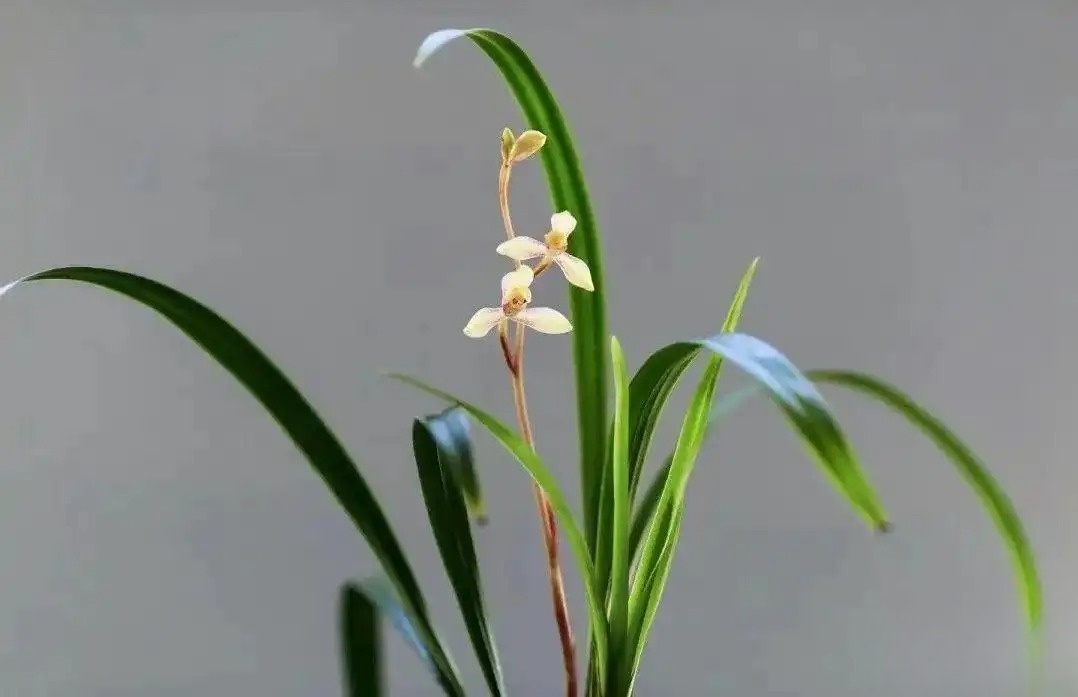
(3) Guoguang Orchid Nutrient Solution: Rich in amino acids, vitamins, trace elements and long-lasting organic matter. It can prevent and treat nutrient deficiency diseases, promote the absorption and conversion of nutrients, and has a quick effect. The dilution concentration is 800 to 1000 times. Produced by Sichuan Guoguang Agrochemical Company.
(4) "Qianwang Vitality Essence" produced in Japan: It uses shrimp and crab shell fiber and natural tree sap as the main raw materials, and adds actinomycetes and lactic acid bacteria. It is mixed with "Yizhibao" produced in the United States and has an art-promoting effect.
(5) Xishuo: It uses natural seaweed as the main raw material, adding natural sugar, amino acids, enzymes, plant growth hormones, active bacteria, etc. It has obvious effects, and the dilution concentration is 6000 times.
4. Foliar Fertilizer
(1) Foliar fertilizers suitable for line orchids, crystal orchids, and picture orchids include "Qianwang Vitality" produced in Japan, "Yizhibao" produced in the United States, "Xishuo" produced in Australia, and "Jialanbao" produced in the United States.
(2) Foliar fertilizers suitable for greenhouse orchid cultivation include "Quick Magnetic Liquid Fertilizer" produced in the United States, "Aishi Foliar Fertilizer" produced in Norway, and "Hua Duoduo" produced in the United States.
(3) Commonly used fertilizers include "Plant Power 2003" produced in Germany, "Gao Li Da" photosynthesis promoter produced in Shenzhen, "Hua Bao" produced in the United States, "Aido Shou" produced in Japan, "Gao Le" produced in the United States and "Plant Health" produced in Taiwan.
In addition, there are gas fertilizers, sound fertilizers, light fertilizers, electromagnetic fertilizers, indirect fertilizers, etc.
2. Types of Fertilization
People fertilize orchids according to their growth period or season. Due to the need for communication, the fertilization methods in different periods are named separately. Here is a brief introduction:
1. Cold-resistant fertilizer
Spray phosphorus and potassium fertilizers once or twice every year in late autumn and early winter.
2. Postpartum fat
Apply fertilizer with a relatively balanced three elements once a year after flowering.
3. Dowry fat
Apply a three-element balanced fertilizer 7 to 15 days before division and repotting to help the orchid plant adapt to the pot as soon as possible after division and repotting.
4. Germination fertilizer
Germination fertilizer is also called germination fertilizer, which must be applied when the daytime temperature is above 16°C. Because the orchid plants do not absorb fertilizer at low temperatures, the substrate solubility will be too high, resulting in fertilizer damage.
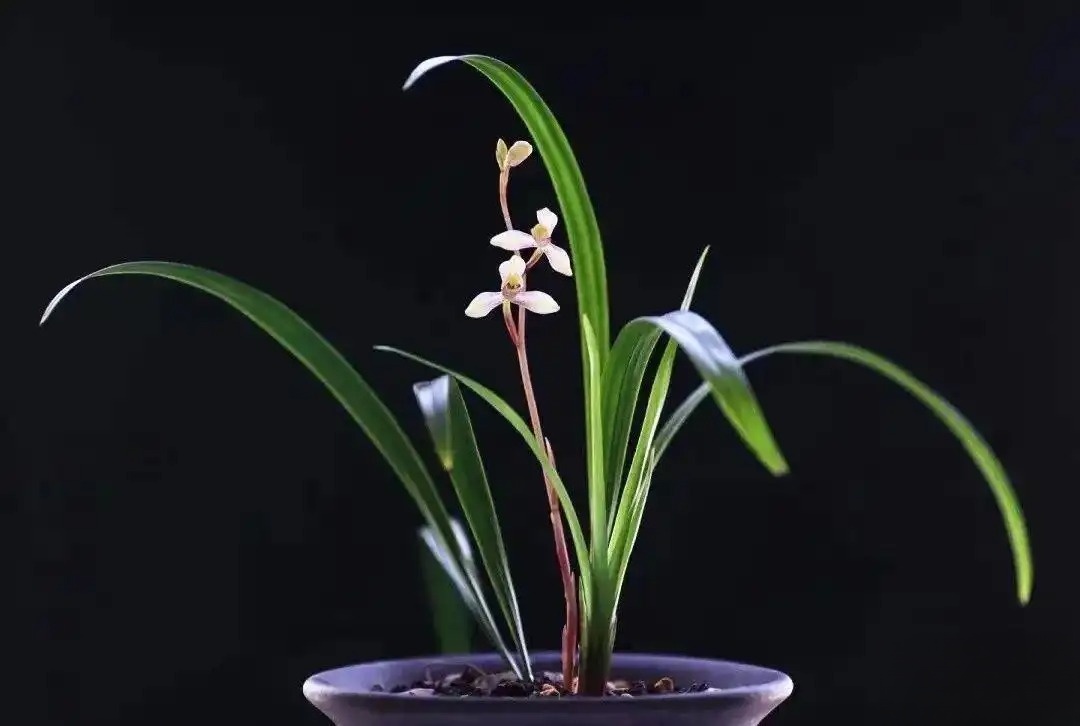
The following fertilizers are commonly used as germination fertilizers:
(1) 0.05% potassium sulfate or potassium nitrate compound fertilizer.
(2) A mixture of 1000 times diluted American high-nitrogen "Gaole" and 8000 times diluted triacontanol.
(3) A mixture of 1200 times diluted Shanghai potassium dihydrogen phosphate and 6000 times diluted triacontanol.
(4) 200-300 times diluted organic liquid fertilizer and 6000 times diluted triacontanol.
The above four kinds of fertilizers are mostly applied by pouring. For soilless substrates, water once every 7 to 10 days, and for soil substrates, water once every 15 to 20 days.
(5) Mix 600-800 times diluted Guoguang orchid germination liquid and 1000-1200 times diluted Guoguang orchid power and spray. Spray once every 1-10 days.
(6) Spray 400 times diluted Lanxin 203 special high-quality bud-promoting agent once every 7 to 10 days.
(7) Use 400-600 times diluted Orchid King or Premium Orchid King and spray once every 7-10 days.
( 8) Spray 600-800 times diluted cytokinin once a week.
5. Flower-promoting fertilizer
Flower-promoting fertilizer has the function of promoting the formation of flower primordia. It is a key fertilization to lay the foundation for flowering for plants that need to bloom. Flower-promoting fertilizer must be applied in time when the leaf buds just emerge from the pot surface substrate. Because when the leaf buds extend 2 to 3 cm, the leaf buds enter the slow growth period of nearly one month, which is the period of bud root growth, and this nearly one month is the formation period of flower primordia. Therefore, flower-promoting fertilizer must be applied early to achieve a more obvious effect.
Commonly used flower-promoting fertilizers include the following:
(1) 1000 times diluted Huabao No. 4, spray once a week, and spray continuously for 3 to 4 times.
(2) Mix 1000 times diluted Shanghai potassium dihydrogen phosphate with 500 times diluted boron fertilizer and manganese fertilizer (do not apply manganese fertilizer to line orchids, crystal orchids, and pattern orchids ), and spray 2 to 3 times each, once every 5 days.
(3) Use 500 times diluted American flowering fertilizer, spray once a week, and spray 2 to 3 times continuously.
(4) 500 times diluted Lanxin 203 biologically active high-quality flower-inducing liquid should be used 30 to 50 days before the flower buds emerge. Spray once every 5 to 7 days for 3 to 4 times in a row.
This product extracts active kinases, gibberellins, regeneration factors, nucleic acids, nucleotides, etc. from organisms. It can activate cell growth power, accelerate flower bud differentiation and growth, prolong flowering period and enhance the fragrance of orchids.
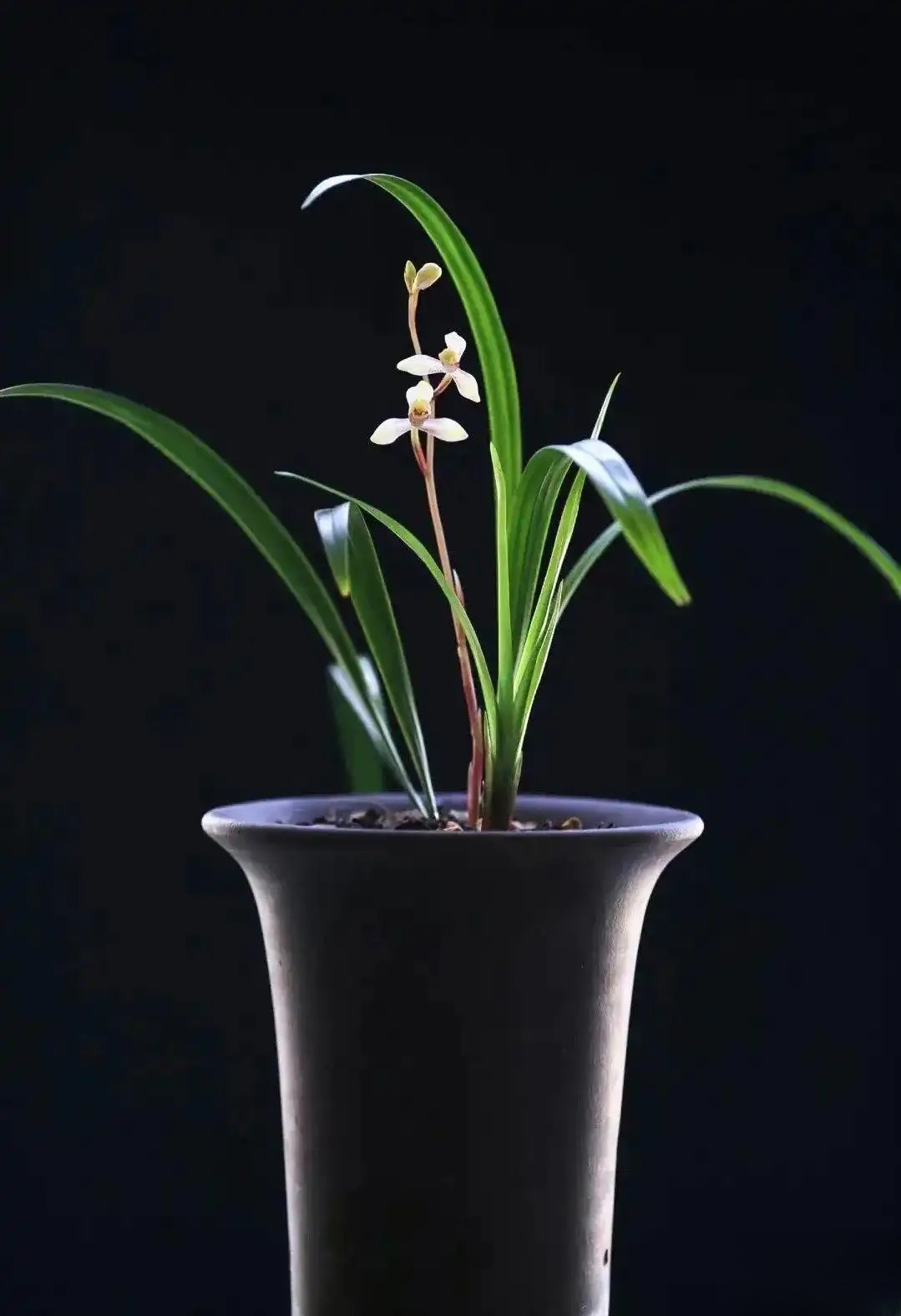
6. Root-promoting fertilizer
During the growth period of orchid roots, firstly, suitable light and humidity are needed, and secondly, the substrate needs to be acidic and dry. Apply root-promoting fertilizer once, and it is advisable to apply the second time after the substrate is dry. Common orchid root-promoting organic liquid fertilizers include 500 times diluted Lanxin 203 special high-quality nutrient solution, 600 times diluted Lanjunwang, Lan Doctor, 800 times diluted Guoguang orchid nutrient solution, 1500 times diluted Guoguang Langenbao, etc.; spray-applied root-promoting fertilizers include 1200 times diluted German-made Plant Power 2003, 2000 times diluted American-made root-promoting (plant-based), 4000 times diluted triacontanol, etc.
7. Promotes weight gain
Common growth-promoting fertilizers include the following:
(1) Apply 0.02% potassium sulfate or potassium nitrate compound fertilizer.
(2) Mix 150-200 times diluted fermented organic fertilizer and 6000 times diluted triacontanol for watering.
(3) Apply 800 times diluted American-made “Gao Le”.
(4) Spray with 800 times diluted Aish brand high nitrogen foliar fertilizer.
(5) Spray with 1000 times diluted American powder or Japanese “Water-based Huabao No. 5”.
(6) Spray with 800 times diluted Guoguang orchid nutrient solution.
(7) Spray 500 times diluted Lanxin 203 special high-quality nutrient solution.
(8) Spray 500 times diluted Dr. Lan.
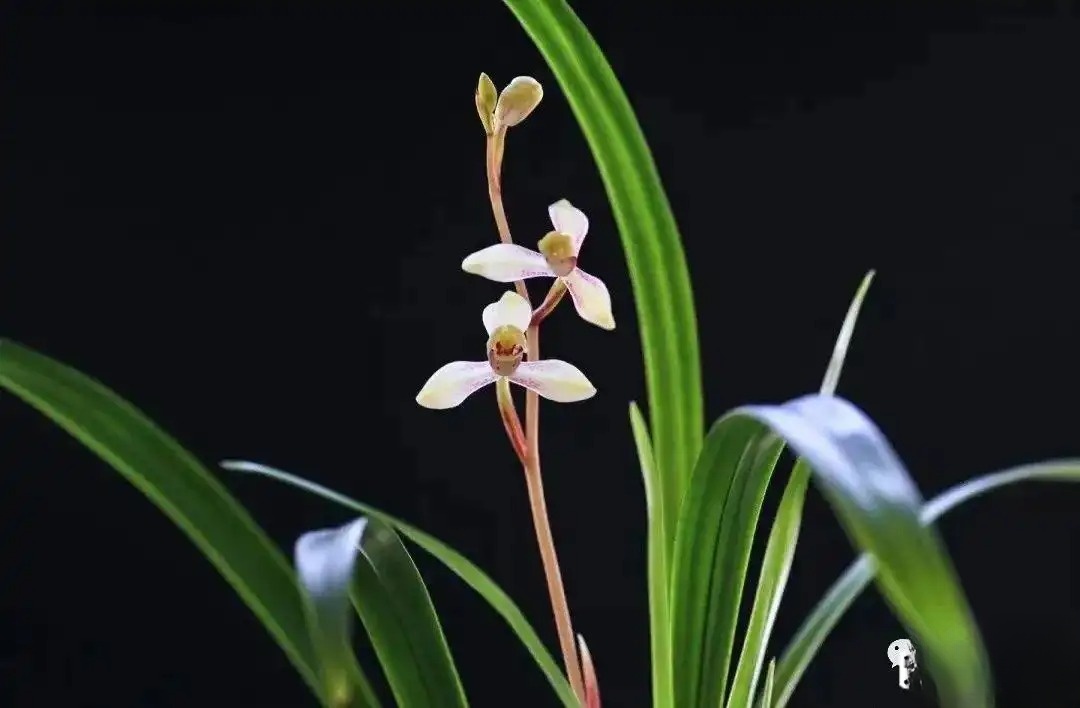
When the leaves of the new plant develop into a length and width similar to those of the mother plant, it means that the leaves of the new plant have fully matured. At this time, high-potassium fertilizer should be used as the main fertilizer to promote the maturity and re-sprouting of new shoots.
The fertilizers available for selection at this stage are:
(1) Spray with 800 times diluted Shanghai potassium dihydrogen phosphate.
(2) 1000 times diluted American or Japanese “Huabao No. 3”.
(3) Spray with 600 times diluted American high-potassium "Gaole".
(4) Spray with 800-1000 times diluted American-made “Hua Duo Duo No. 11”.
Summary: The above are some situations of commonly used fertilizers and are for reference only! To grow orchids, you need to understand the effects and usage of various fertilizers, and choose the most suitable fertilizers for reasonable fertilization to promote the good growth of orchids.